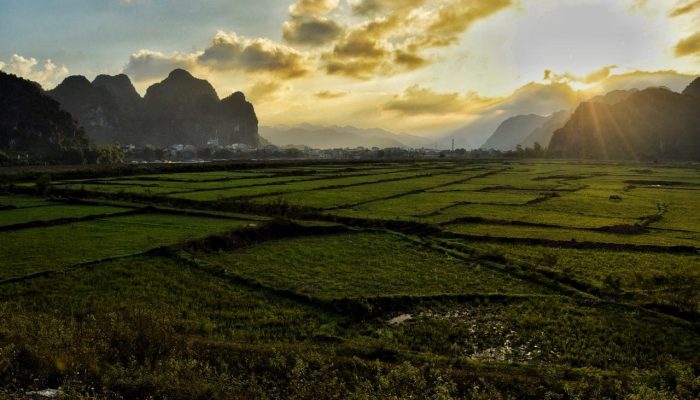
World Wetlands day is celebrated on 2nd February, marking the adoption of the Convention on Wetlands, also known as Ramsar Convention, in the Iranian city of Ramsar on 2nd February 1971. It “provides the framework for national action and international cooperation for the conservation and wise use of wetlands and their resources.”
Today 170 countries have adopted it and 2,341 Ramsar sites covering over 2,5 million km² are designated as Wetlands of International Importance. But what are wetlands and why should we care about them? I’ll address these questions and other important points in this article.
First, what are wetlands?
Basically, a wetland is an area of land that is covered with water, whether natural or artificial, permanent or temporary. This water can be salt, fresh or somewhere in between, and have a maximum depth of six metres. Mangroves, marshes, ponds, peatlands, swamps, deltas, estuaries, low-lying areas that frequently flood are all wetlands and they can be found on every continent. Some of the largest ones are the Sundarbans mangrove forest in the Ganges-Brahmaputra delta in Bangladesh, the Amazon River basin (figure below), and the Pantanal, both in Brazil.
Wetlands cover about 3% of world’s surface. A web-based map shows the global distribution of wetlands and peat areas. It was launched in 2016 by researchers from Sustainable Wetlands Adaptation and Mitigation Program – SWAMP – and is based on satellite images acquired by the Moderate Resolution Imaging Spectroradiometer (MODIS) instrument.
Why should we care about wetlands?
Wetlands are rich but also fragile environments. They can provide water, fish/biodiveristy, recreational areas and help to regulate the climate.
- Biodiversity: Wetlands function as wildlife refuge, supporting high concentration of mammals, birds, fish and invertebrates, being nurseries for many of these species.
- Resources: Further, they can be a huge resource for humans, supporting rice paddies (Figure 2), a staple food. They also help purify water by trapping pollutants and heavy metals in the soil and neutralizing harmful bacteria by breaking down suspend solids in the water.
- Geohazards: Wetlands provide flood control and storm protection in coastal areas acting like a sponge during storm events such as hurricanes, reducing their power of destruction.
- Climate change: Here is another important point that I would like to highlight about wetlands. They play an important role in climate change mitigation and adaptation, since they store huge amounts of carbon. If you are curious about this topic, see this post where Heather [a regular contributor to the GfGD Blog] discusses how carbon is stored in peat soils in the tropics and the main threats to these areas.
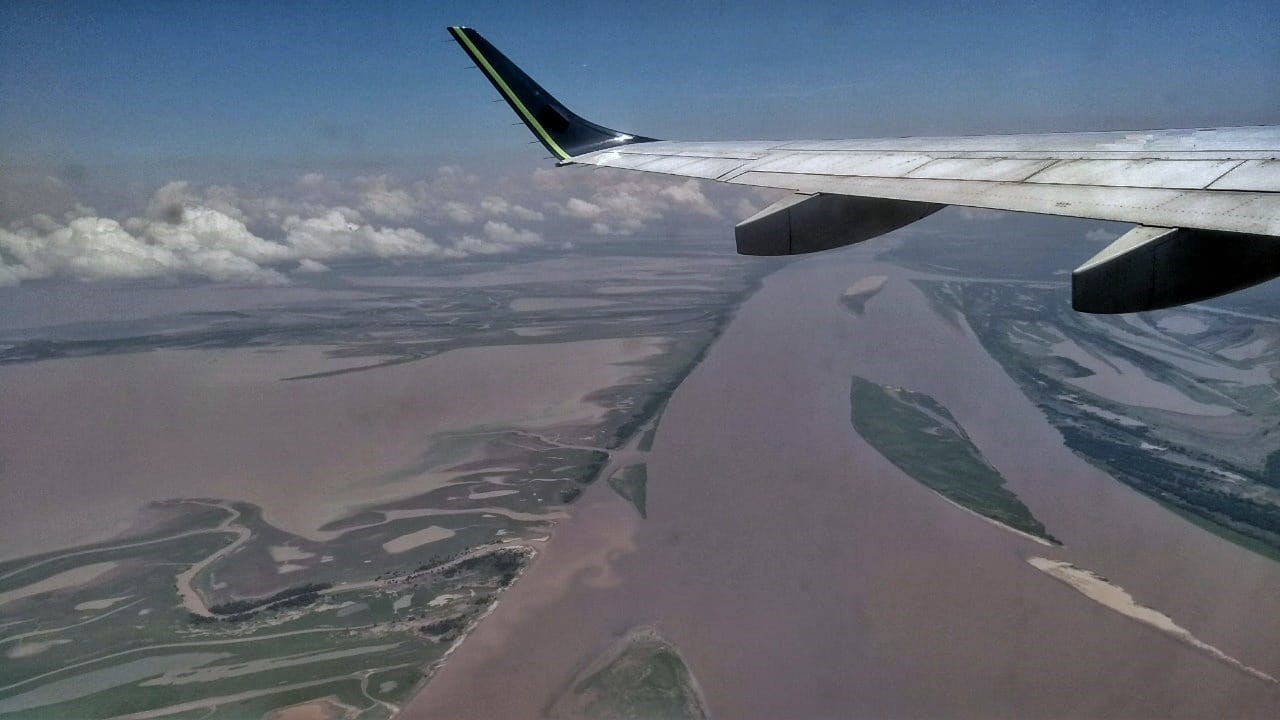
Wetlands in Amazon river basin during the dry season (Oct 2017), close to Santarém, Brazil – Photo: Bárbara Zambelli
Threatened environment
Despite their social and ecological importance, wetlands are continuously being degraded and even destroyed worldwide. According to this research the world has lost 64-71% of their wetlands since 1900 AD. Here is a list of the main threats towards wetlands:
- Pollution: Generally located in low-lying areas, they receive fertilizers and pesticides from agricultural runoff, industrial effluents and households waste or sewage. These pollutants have detrimental effects on water quality and threaten the fauna and flora of wetlands. As I mentioned before, wetlands work as water filters, therefore there is a growing concern about how pollution will impact drinking water supplies and wetland biological diversity.
- Agriculture and urbanization: One of the biggest threats to this environment is its drainage to make room for agriculture and human settlements. Such activities are an increasing threat and they destroy the ecosystem and all the benefits wetlands can provide.
- Dams: The construction of a dam alters the natural flow of water through a landscape. This alteration may lead to an increase or decrease of water flow through a wetland, being potentially harmful for wetland ecosystems. Thus, it is essential to choose the location of a dam wisely, to reduce the impact on existing ecosystems.
- Climate change: Climate change is shifting the world’s temperature and precipitation patterns. Wetlands are getting lost due both too much and too little water. Shallow coastal wetlands such as mangroves are being swamped because of sea level rise. In areas affected by droughts, estuaries, floodplains and marshes are drying up. Wetlands and climate change are the theme of World Wetlands Day in 2019.
Opportunities – taking action
Wetlands are a critical environment and their effective management can give a substantial contribution to biodiversity conservation and restoration, maintaining its bioecological characteristics and allowing the using of resources economically.
According to SWAMP, “carbon-rich mangroves and peatlands are high priorities in climate change adaptation and mitigation strategies throughout the world.”
With their partners, SWAMP have developed a collaborative agenda expected to raise the awareness about sustainable management of wetlands in changing world and livelihoods of local communities. The Ramsar Convention, an international agreement, is still important today because it supports environmental policy development and it encourages countries to commit to it. It is also valuable as an international forum for gathering and sharing knowledge about sustainable wetlands management. Also international NGOs such as Worldwide Fund for Nature (WWF) and Wetlands International play an important role.
Finally, regarding the Sustainable Development Goals (SDGs), recently Ramsar published a briefing note of how wetlands can contribute to their achievement. Access it here, to find out more details.


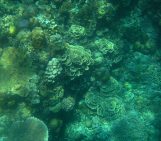
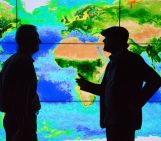
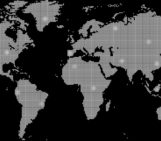
Alexandre
Very interesting! thank you!